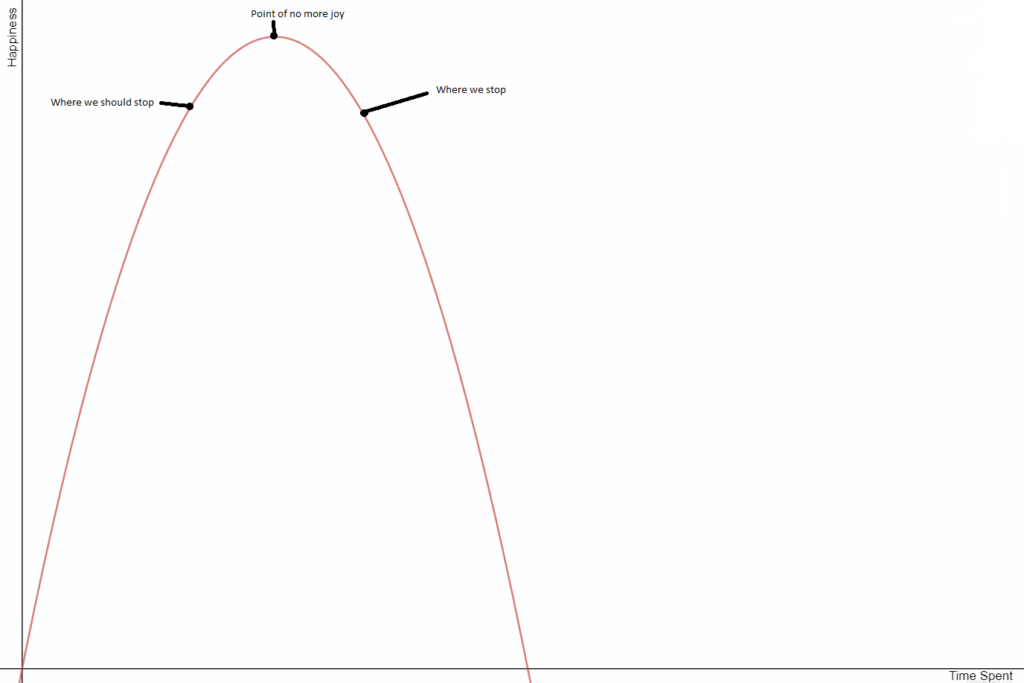Intro
Is a destructive wurm terrorizing you and your village? Is a terrible beast eating your livestock and your favorite relatives? Do you want to slay a dragon? Congratulations! Because now you can. In just 5 easy *steps, you can rid yourself of this odious problem.
* Steps may be somewhat challenging to extremely difficult.
Step 1: Set Out (commit to slaying your dragon)
Now brave soon-to-be hero, you need to set out. Instead of suffering under the fiery breath of your dragon, you’ll need to venture forth to rid yourself of it. You have cowered in your hut, hoping it would just take your sheep, or failing that, your least favorite relative (Uncle Ted). But alas! It ate your most favorite relative instead (Auntie Gertrude). As so, you must fix in your mind the reason that you go to confront the beast. Have a clear picture of exactly which relative you are going to avenge. We recommend keeping a small picture or keepsake of theirs handy for the journey.
Step 2: Find a Sword (have a plan to defeat your dragon)
Now that you’ve left your village, you’ll need a weapon. If there’s a legendary blacksmith in residence, we strongly recommended enlisting their services. For those not so fortunate (we expect most villagers to fall into this category), we recommend asking your elders if they know of any dragon slayers or dragon slaying swords. Most countries have a sword dragon slaying, or a dragon slaying Aunt laying around. We recommend asking a retired dragon slayer for the gear over finding it in the wilderness. Despite the popularity of questing for a sword, they do have a nasty tendency to rust, especially if not cared for properly. Meeting with a retired dragon slayer allows you to get their sword, and ask them for advice directly.
Step 3: Recruit a Wizard (get support for your quest)
Next, you’ll need to recruit a wizard. While you might think them hard to find, they are surprisingly common. In fact, you’ll likely have to choose between several wizards for your adventure. So here’s what to look for in a wizard. Since you’re going to confront a powerful beast, you might first think to find a powerful wizard. Unfortunately, wizards can’t slay dragons. You see, dragons are nigh immune to magic, so a wizard can only should encouragement once you start battling them. Instead you should look for a wizard who, despite the eccentricities and absent mindedness that plague some wizards, is able help you get to the dragon’s lair by helping you navigate and dealing with the smaller dangers along the way (trolls, goblins and the like).
Step 4: Journey to the Dragon’s Lair (track your progress)
Armed, and with your party assembled, you’ll now need to seek out the dragon’s lair. While some may try to wait for the dragon to return, we recommend finding its lair. During your previous confrontations with the dragon, it sought you out. It was alert. You were unprepared and caught off guard. It decided when and where to meet for battle. This time, you will pick the time and place. Fighting in its lair will allow you to catch it by surprise, in a place its most dangerous aspect (flight) will be of no use.
The journey to the dragon’s lair serves another purpose: to help you train with your sword. Confronting lesser challenges on the way (with the aid of your trusty wizard) will help you hone your skills. Be sure to track your progress on your map. Make sure that your skills steadily develop as you near your destination.
Step 5: Confront the Dragon
As you reach the dragon’s lair, you’ll need to go in alone, leaving your wizard behind. The key to this battle is to believe in yourself. You will feel overwhelmed and afraid. Like you cannot succeed. There will be an opportunity for you to turn the tide, and if you don’t believe in yourself you won’t notice it.

